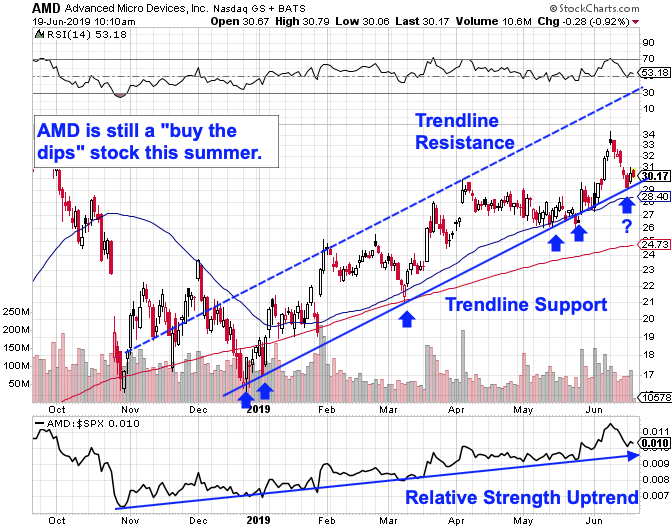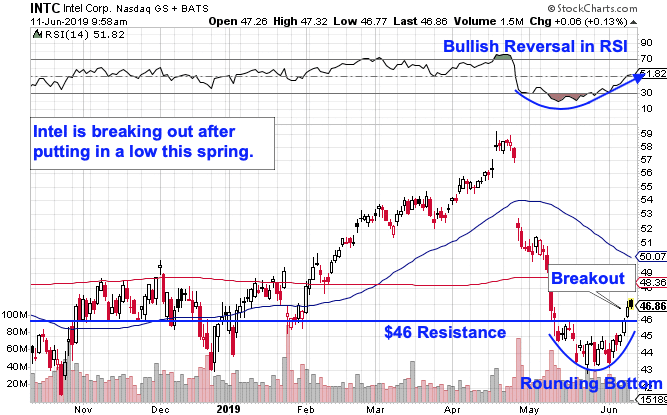Artificial intelligence (AI) is now seeping into every aspect of our lives, from how we interact with our voice-activated digital assistants to how biopharma finds new drugs.
And this year marks a major inflection point in the reach of AI, and the closely related branches of machine and deep learning. Big business is moving quickly to embrace AI to create better products at lower costs and to quickly provide valued-added data science.
Consider that in 2019, The Boeing Co. expects to capitalize on an AI initiative it launched a little more than two months ago in order to make further inroads in advanced computing for commercial and government clients.
Hewlett Packard Enterprise Co. says AI is becoming a critical component of how every company in the U.S. intends to migrate to digital platforms. The company forecasts that by the end of 2019, AI will fuel 41% of those transformations.
No wonder a recent study by Accenture found that in 12 advanced economies with combined GDPs of roughly $61 trillion, AI can double economic growth by 2035. Part of that bump will come from a 40% boost in productivity.
Increases in productivity attributed to AI could even surpass the impact of earlier technological breakthroughs like the steam engine, computers and broadband internet, McKinsey Global says.
And that’s leading to a whole lot of spending – and opportunities to make money – on AI technologies.
Worldwide spending on AI systems will climb 44% this year to $35.8 billion, with some $13.5 billion going to AI software platforms and AI apps, according to IDC.
Plus, AI will really join forces with another critical technology for the U.S. economy – cloud computing – this year. MarketsandMarkets says AI-as-a-service (AIaaS) will be a big driver of a market that will grow more than 36% a year, and be worth $190.61 billion, by 2025.
So it’s clear that AI will have an enormous economic impact on a global scale, and perhaps change the course of economic history as we know it.
But before I show you how to play this exciting new field, let’s start with some basics.
What is AI?
AI can seem like one of those amorphous concepts that everyone’s heard of at some point, but has a different idea about.
When it comes down to it, AI today typically refers to machines that respond to some stimulus like humans might, and thus display some sense of human contemplation, judgement and intention. AI software systems can make decisions that’d normally require a human level of expertise, and aide people in anticipating various problems that arise and need to be solved, which means they can adapt to changing circumstances.
So if that sounds fairly general, so let me give you a real world example.
Take my ski boots. They’re worth a small fortune.
And it’s all about Mellissa…Let me explain.
See, I’m a passionate skier who would really like to be able to tackle the entire mountain – from steep slopes to deep powder to intense forests – like an expert.
As part of my program to improve, I turned to Mellissa for help. That’s the nickname I gave the AI “coach” I recently demoed inside my Tecnica Mach 1 high-performance boots.
The feedback she gave me led me not only to an important personal breakthrough, but the process underscored why I tell tech investors that AI is set to play a major role in all of our lives.
From your mobile phone, tablet and desktop computer to your smart TV and speakers to your car and chat bot, AI is an unstoppable tech force.
And today, I’m going to reveal a beaten down AI leader that is set for a solid market-beating rebound…
Teaching to “Carve”
I first learned of the Carve AI system for skiers from my wife. I had been complaining about the high cost of ski lessons, which run about $450 for a roughly 3-hour session.
The idea behind the $279 Carve system is to harness the power of AI for what the company calls an “adaptive” coaching engine. That means you have an onboard digital coach assessing the quality of your turns, balance and more in real time.
After using Carve for just a half day, I made an important discovery. Mellissa scored my turns to the left as more consistently successful than to the right, but making equidistant turns is essential if you want to ski the entire mountain with confidence.
I’m sharing all this with you today so you know that when I say AI is set to change many aspects of our lives, I speak from personal experience.
A $190 Billion Market
I’m not the only one who sees big money in this field. While MarketsandMarkets says just cloud-delivery of AI systems will be worth $190 billion in six years, I believe that’s on the low end.
Fact is, companies all over the world are building AI into their products and services, as well as into backend platforms that improve productivity and profit margins.
And I have uncovered a fallen tech star that is grossly oversold but offers huge upside, in no small measure because of its cutting-edge, AI-centric devices.
A Brilliant AI Future
I’m talking about Nvidia Corp. (Nasdaq:NVDA).
This chip maker is better known for its gaming offerings in graphic processors (GPUs). But it also makes sophisticated devices that are tailor made for AI.
And the range of industries looking to build in more AI smarts is pretty staggering. Healthcare, life sciences, energy, financial services, higher education, defense, manufacturing, and entertainment are all looking to AI to help drive innovation.
Nvidia’s bold moves here didn’t come cheap. The firm spent $2 billion in research funds to develop its current line of AI chips. It’s an investment that should generate massive returns in the years ahead.
Nvidia’s Tesla P100 chip, for example, uses15 billion transistors, or twice as many as the firm’s previous industry-leading chip, the Maxwell.
To show off its muscle, Nvidia packed eight of these chips and state-of-the-art AI software into a $129,000 computing beast called the DGX-1. It’s basically a sleek AI computer server optimized for deep learning and analytics accessible through cloud tie up with Nvidia.
The system comes with built-in software, and onboard tools that are designed to enhance collaboration. Nvidia says it set six records in AI performance, including object detection and image classification.
Firing On All Engines
Of course, there’s more going on here than AI since Nvidia builds a wide range of souped-up GPUs. It offers us plays on data centers, machine learning, and healthcare, to name a few.
But just to give a sense of the upside ahead, let’s take a look at the company’s foray into one of its biggest markets – self-driving cars – and the coming auto standard that will affect nearly all of us.
Analysts say that by 2025, nearly every one of the more than 80 million cars made each year will be supercomputers on wheels. Nvidia’s powerful GPUs have been tweaked to deliver robust performance, and now underpin a platform known as advanced driver’s assistance systems (ADAS).
These systems help make humans much better drivers, with such features as heads-up displays in the dash or infotainment centers, lane-return assistance, collision avoidance, voice-guided navigation and adaptive cruise control that keeps the car in pace with those around it.
It’s a great market for Nvidia. Grandview Research says this segment is growing at 19% a year, and will be worth $67.4 billion by 2025.
Nvidia is working with such automakers as Audi, Mercedes Benz, Tesla, Toyota and Volvo… The list of auto suppliers would run several pages. Nvidia also has partnered with several makers of heavy-duty trucks to get them ready for driverless deliveries.
Poised for a Rebound
In other words, this is at least a great twofer…
But let’s be clear. All great growth firms hit speed bumps on their road to massively higher sales. And Nividia surely fits the bill. The firm had around $2.2 billion in sales in the fourth quarter, which was well below estimates.
Shares fell more than 10% on the news, and now trade for just half of their of their 52-week high. As a long time Nvidia watcher, I see this as a great opportunity.
See, Nvidia still managed to grow a hefty 40% in 2018, which is even faster that 2017 growth rates. And while Wall Street now thinks that sales growth will slow to 20% in 2019, know that Nvidia has ended up growing at a far faster pace than what Wall Street had forecast at the beginning of the year.
And I firmly believe the current year will be no exception.
In fact, I’ll boldly predict that Nvidia will have nearly $5 billion in adjusted earnings this year, up from $2.4 billion in 2017.
Fact is, all of the elements are in place for a sharp rebound. If shares just moved back the recent five-year high, we’re looking at a double from here.
To your profits,
Wall Street Probe







